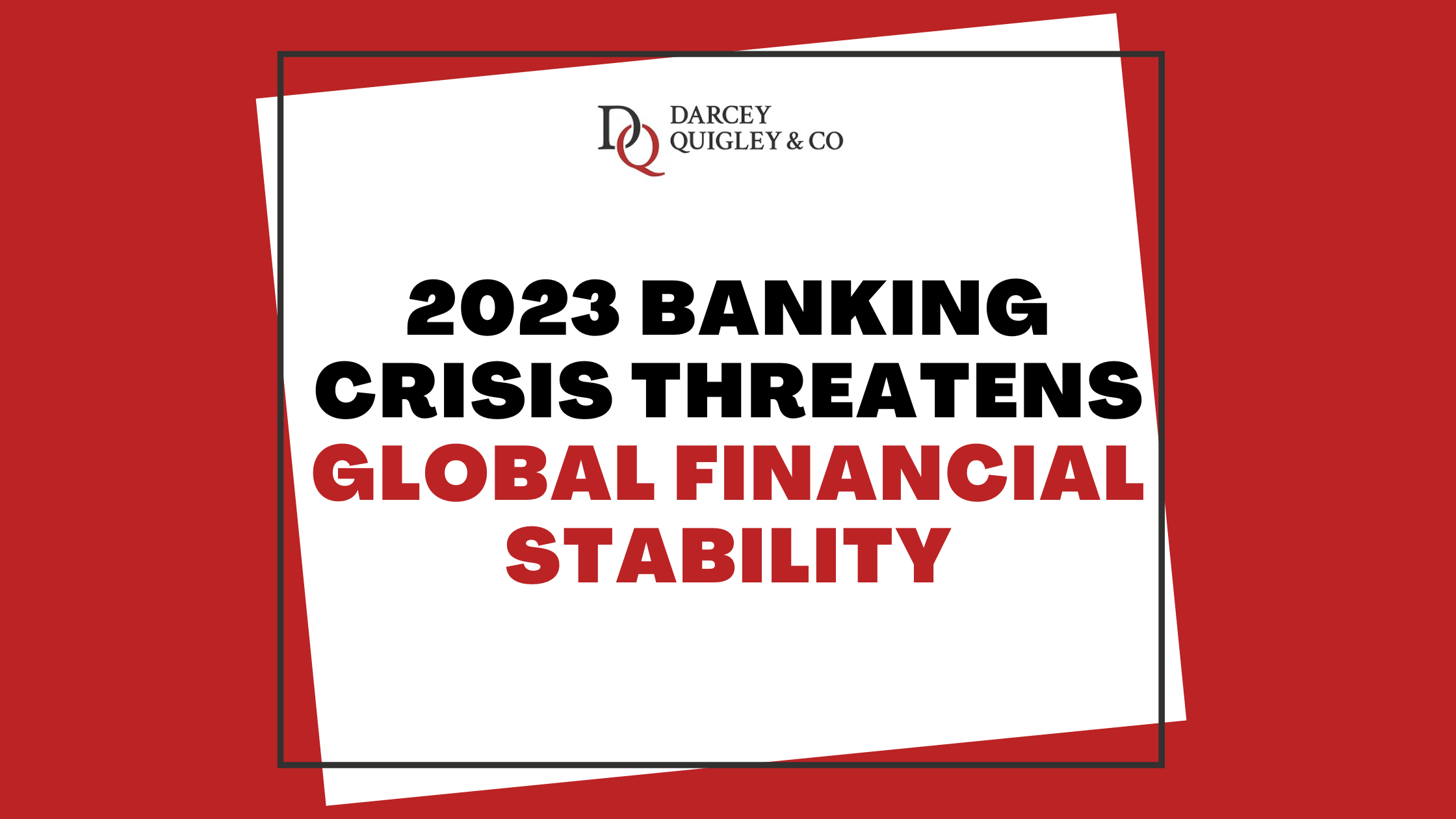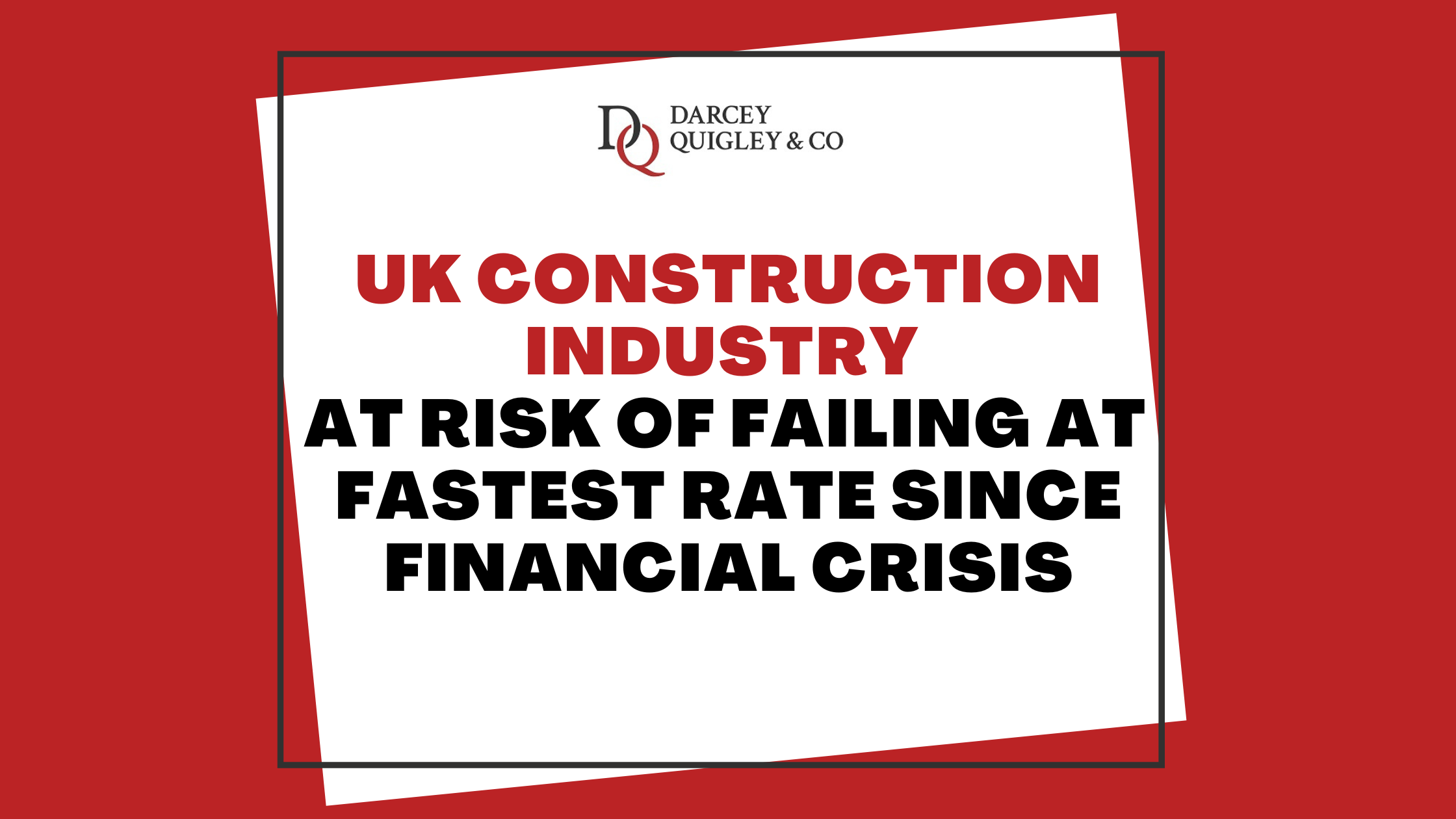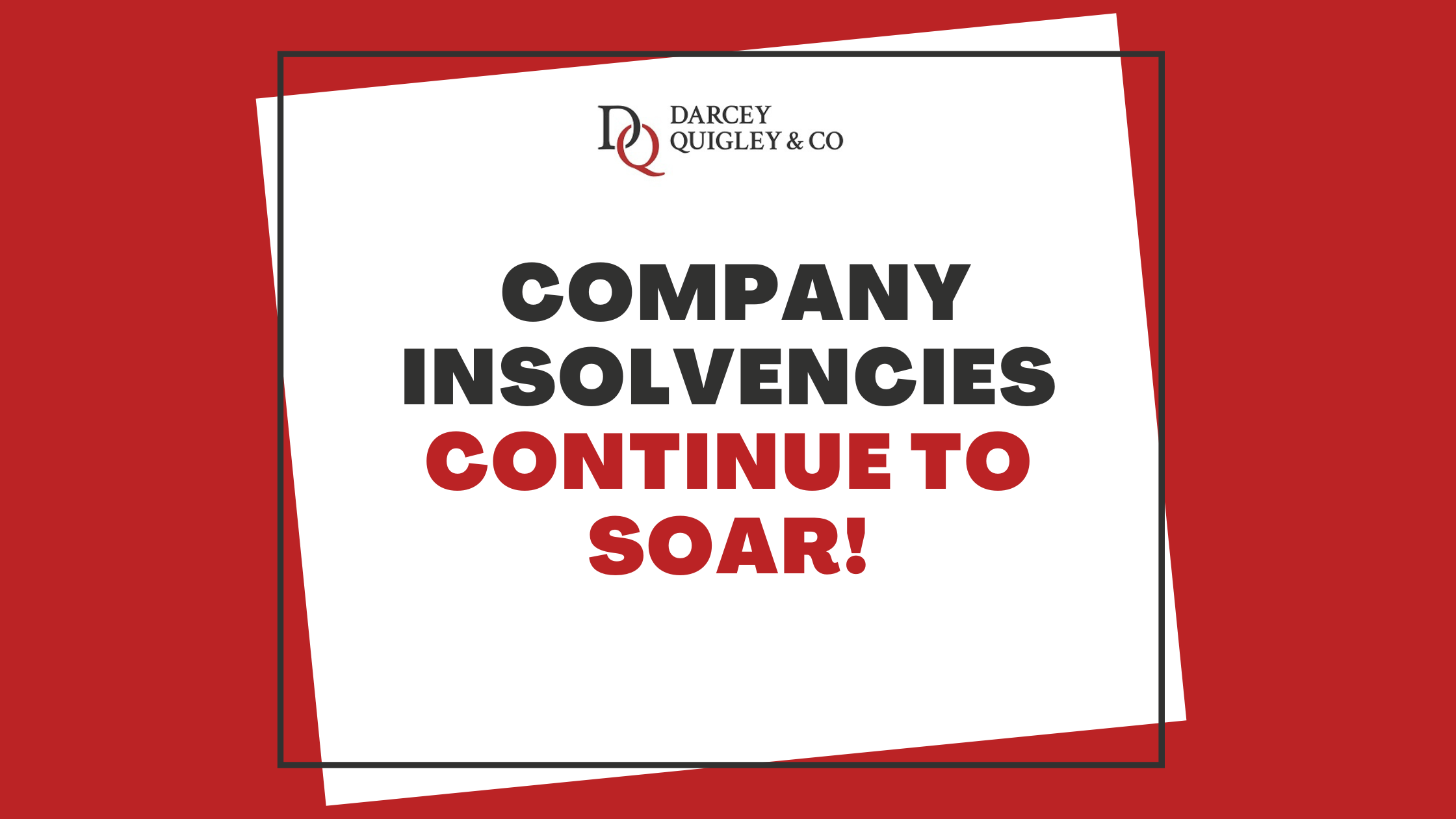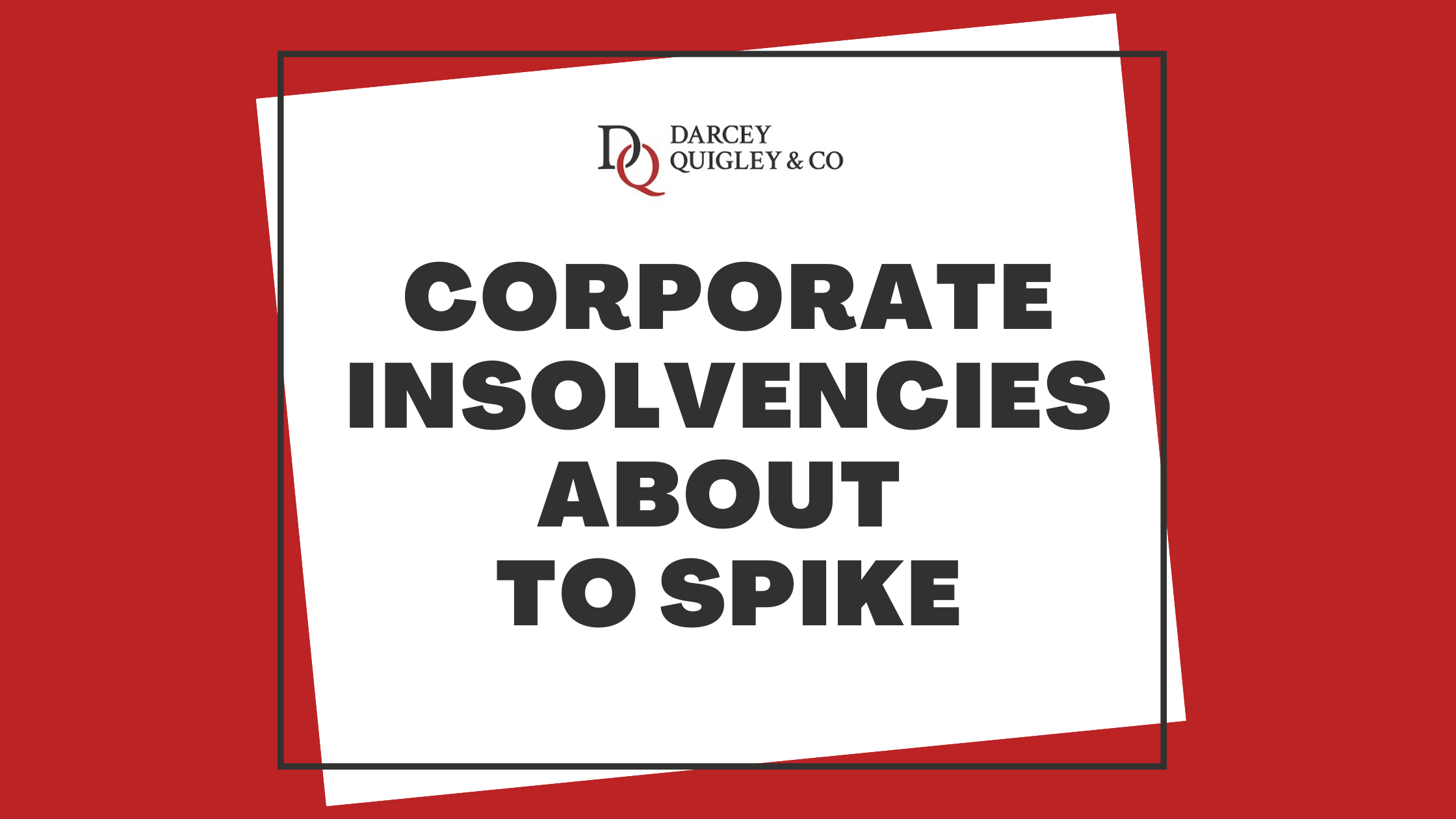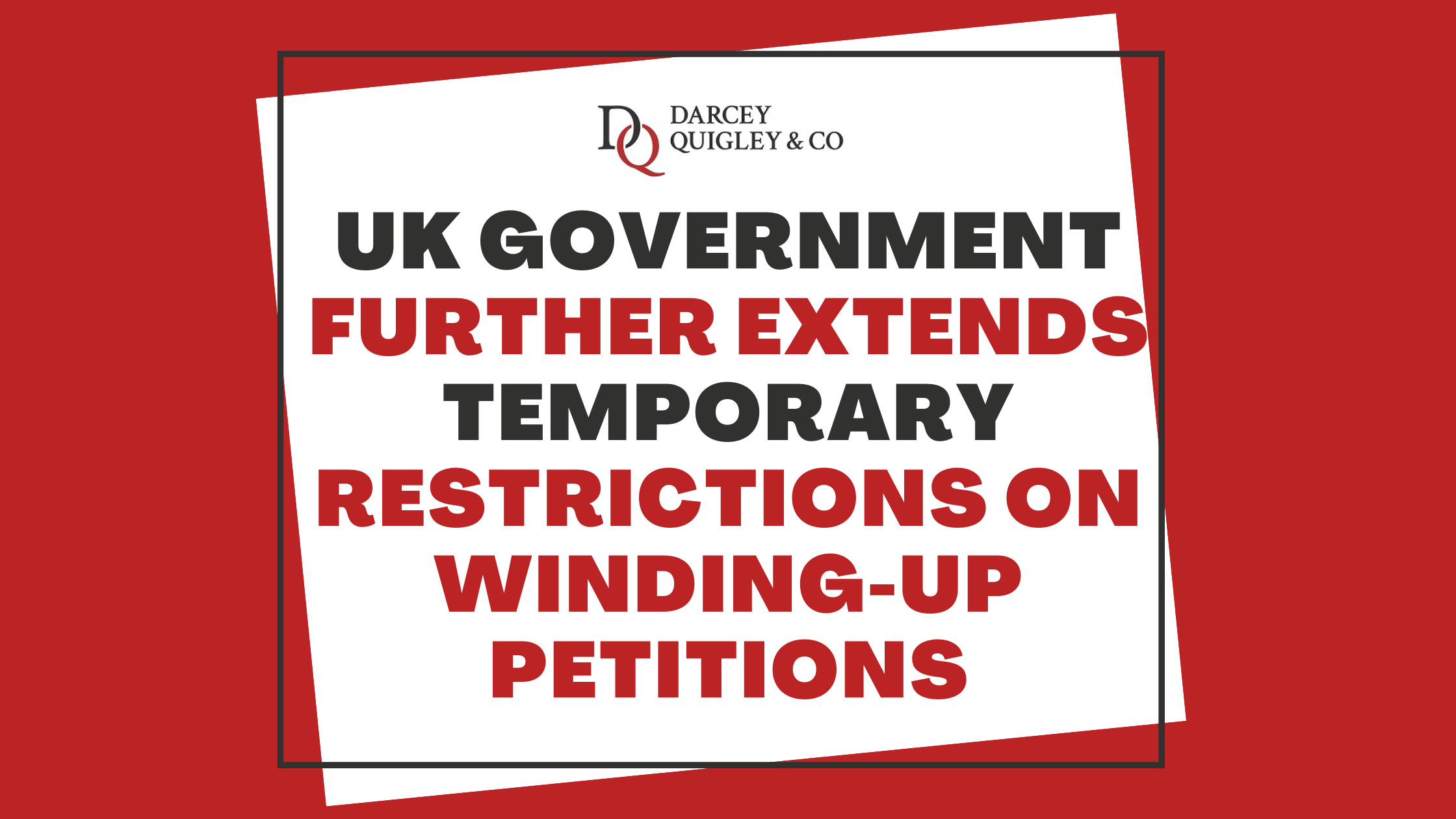Quarter-End Strategy: Why Recovery Should Be Your #1 Priority
Quarter-end is always a pivotal moment for businesses. It’s a time when finance teams are pulling reports, leadership is reviewing performance, and strategies are being shaped for the next three months. Implementing a solid quarter-end strategy can help in maximising recovery during this period.
But there’s one area that often slips down the list of priorities, despite being one of the most powerful levers for business success: recovering outstanding debts.
Unpaid invoices aren’t just numbers sitting on a balance sheet—they represent real cash that your business could be using right now. And at quarter-end, when financial visibility and liquidity are critical, ensuring that money flows back into your business should be priority number one. As part of your quarter-end strategy, focus on recovering outstanding debts to ensure your financial health.
In this guide, we’ll explore why recovery should sit at the heart of your quarter-end strategy, the risks of leaving debts unresolved, and practical steps you can take to improve cash flow.
Table of Contents
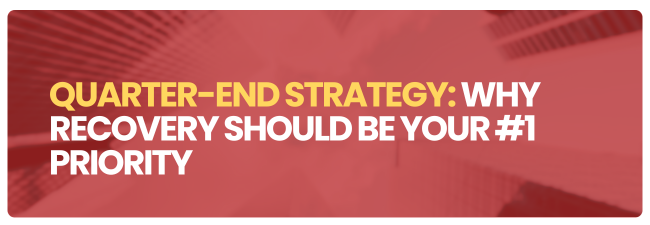
Why Quarter-End Strategy Matters for Businesses
Quarter-end is more than just an accounting deadline. It’s a milestone that provides clarity, accountability, and momentum. Businesses use quarter-end to:
- Measure financial performance against forecasts and budgets.
- Prepare reports for directors, shareholders, or investors.
- Identify trends in revenue, costs, and cash flow.
- Adjust strategies for sales, operations, and investments.
However, if a significant portion of revenue is tied up in overdue invoices, these reports can paint an unrealistic picture of business health. You may have hit sales targets, but if payments haven’t been collected, the financial reality is very different.
This is why quarter-end isn’t just about reporting, it’s about maximising cash recovery so that your numbers reflect both performance and liquidity.
The True Cost of Unrecovered Debt
A robust quarter-end strategy not only reviews financial performance but also prioritises cash recovery, which is crucial during this time.
Leaving debts unresolved can harm your business in several ways:
Incorporating a quarter-end strategy focused on maximising cash recovery is essential for businesses.
- Cash Flow Shortages
Crafting a quarter-end strategy with a focus on debt recovery can alleviate cash flow shortages.
Without timely payments, covering everyday costs such as payroll, rent, or supplier invoices becomes a juggling act. Poor cash flow is one of the leading causes of business failure, even for profitable companies.
- Restricted Growth Opportunities
Growth requires investment – whether in people, technology, or marketing. If your cash is locked in overdue invoices, you may miss opportunities to expand, launch new products, or secure new clients.
- Increased Risk of Bad Debt
The longer an invoice remains unpaid, the less likely it is to ever be recovered. Studies show that invoices more than 90 days overdue have less than a 50% chance of being paid in full.
- Weakened Negotiating Position
If you’re seeking external funding, lenders and investors will examine your receivables closely. A high level of unpaid invoices can undermine confidence in your financial management.
- Operational Strain
Chasing late payments consumes valuable time for finance and credit control teams – time that could be better spent on strategic work.
By making recovery a focus at quarter-end, you can mitigate these risks and strengthen your financial foundation.
Why Recovery Should Be Your Number 1 Priority at Quarter-End
1. It Improves Your Financial Position Immediately
Unlike new sales or future cost savings, debt recovery has an immediate impact. Every invoice you recover translates into real cash in the bank—instantly improving liquidity.
2. It Strengthens Quarter-End Reporting
Closing the quarter with reduced outstanding debt provides a more accurate and positive picture of your financial health. This is vital for internal planning and external reporting.
When developing your quarter-end strategy, consider how it will enhance your debt recovery efforts.
3. It Sets the Tone for the Next Quarter
Starting a new quarter with overdue invoices carried forward puts you on the back foot. Conversely, entering the quarter with strong cash reserves gives you flexibility and confidence.
4. It Reinforces Payment Discipline
By taking recovery seriously at quarter-end, you set a precedent with your customers. They understand that your business expects payment on time and will act promptly when invoices become overdue.
5. It Protects Against Economic Uncertainty
In challenging economic climates, customer payment behaviours can shift rapidly. Proactively recovering debts reduces your exposure to clients who may face difficulties later on.
How to Make Recovery a Quarter-End Priority
Shifting recovery to the top of your quarter-end agenda doesn’t mean overburdening your finance team. With a clear strategy, it can become a structured, repeatable process.
Step 1: Review Outstanding Invoices
Start by running an aged debtors report. Categorise invoices by how overdue they are (30, 60, 90+ days). This helps you prioritise which debts to focus on first.
Step 2: Segment Debtors
Not all overdue invoices are the same. Segment by:
- High value vs. low value
- Long overdue vs. recently overdue
- Key customers vs. one-time clients
Integrating an effective quarter-end strategy will help identify and mitigate risks associated with overdue debts.
This ensures you allocate effort where it will have the biggest impact.
Step 3: Strengthen Communication
Quarter-end is a natural point to reach out to customers with overdue payments. Be clear, professional, and consistent in your messaging. Written reminders, followed by calls, can often resolve disputes or delays.
Step 4: Escalate Promptly
If internal efforts aren’t working, don’t wait too long before escalating to a professional recovery service. Quarter-end is not the time to let debts linger-timely escalation increases recovery rates significantly.
Step 5: Learn From the Data
Use this process as an opportunity to analyse patterns:
- Are certain industries or clients consistently late?
- Are your payment terms clear enough?
- Could you improve your credit control policies?
The Role of Professional Debt Recovery
Many businesses hesitate to escalate overdue invoices, fearing it may damage relationships. But with the right partner, professional recovery is not about aggression-it’s about communication and results.
At Darcey Quigley, we work as an extension of your business, recovering debts efficiently while maintaining your client relationships. By acting at quarter-end, you can clear backlogs, strengthen cash flow, and enter the new quarter on solid ground.
Quarter-End Recovery Tips for Different Industries
Different industries face unique challenges when it comes to overdue payments. Here are some quarter-end tips tailored to common sectors:
- Construction: Ensure applications for payment are properly documented. Disputes over work completed are a leading cause of delays.
- Manufacturing: Keep track of delivery notes and purchase orders to counter “missing paperwork” excuses.
- Professional Services: Confirm that your clients have approved timesheets or deliverables before quarter-end.
- Retail & Wholesale: Monitor credit limits closely – quarter-end is often when seasonal stock purchases can stretch client cash flow.
Looking Ahead: Building Stronger Credit Control for Future Quarters
While recovery is essential at quarter-end, prevention is just as important for the long term. Businesses should use quarter-end as a checkpoint to refine their credit control process:
- Run credit checks on new customers.
- Set clear payment terms and communicate them upfront.
- Automate reminders through your accounting system.
- Regularly review debtor days as a key performance indicator.
- Train staff on effective credit control techniques.
By embedding these practices, you’ll feel more reassured in your credit control process.
Conclusion: Put Recovery First This Quarter-End
Utilising a professional recovery service is a key element in an effective quarter-end strategy.
Incorporating a strong quarter-end strategy will help identify overdue payments effectively.
Quarter-end is about more than closing the books – it’s about setting your business up for future success. By prioritising debt recovery, you:
Establishing a clear quarter-end strategy is vital for maintaining robust cash recovery practices.
- Boost cash flow instantly.
- Improve the accuracy of financial reporting.
- Protect your business against bad debt.
- Strengthen your customer payment culture.
- Enter the next quarter with confidence.
Don’t let unpaid invoices hold your business back. Make recovery your number one priority this quarter-end and give your business the financial health it needs to grow.
Get in touch today and take the first step toward stronger cash flow.
For more commercial debt recovery news, tips and updates follow Darcey Quigley & Co on LinkedIn.


